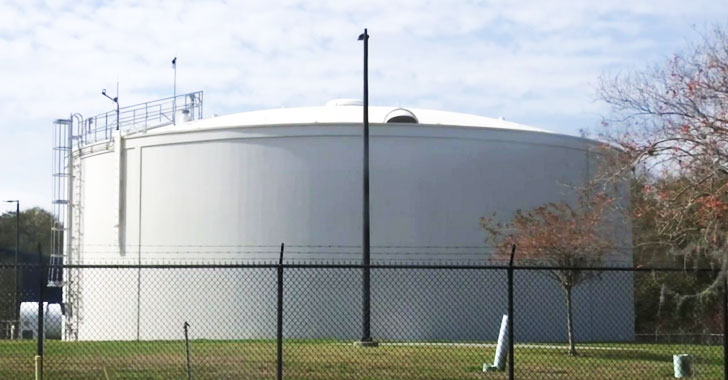The details are a cautionary tale for utilities and governance agencies, which are often impacted by a lack of current IT infrastructure and cyber protection.
New details have emerged about the remote computer hack attempt at a Florida water treatment facility last Friday, which we covered in a previous update.
The details highlight a lack of adequate security measures needed to bulletproof critical infrastructure environments. They also highlight that for what may seem to be an otherwise banal part of our lives which we take for granted, the incident hits home just how ubiquitous cyber threats are today and how they can hit anywhere, any time and almost any target.
The breach involved an unsuccessful attempt on the part of a threat actor to increase sodium hydroxide dosage in the water supply to dangerous levels by remotely accessing the SCADA system at the water treatment plant. The system’s plant operator spotted the intrusion, and quickly took steps to reverse the command, leading to minimal impact.
According to an advisory published on Wednesday by the state of Massachusetts, unidentified cyber actors accessed the supervisory control and data acquisition (SCADA) system via TeamViewer software installed on one of the plant’s several computers that were connected to the control system.
Not only were these computers running 32-bit versions of the Windows 7 operating system, but the machines also shared the same password for remote access and are said to have been exposed directly to the Internet without any firewall protection installed.
It is worth noting that Microsoft Windows 7 reached end-of-life as of last year, on January 14, 2020 – a full year ago!
While this incident may seem surprising to some, the reality is that many small public utilities suffer from aging infrastructure, with IT departments tending to be under-resourced, lacking budget and expertise to upgrade security postures and address vulnerabilities in a timely fashion.





